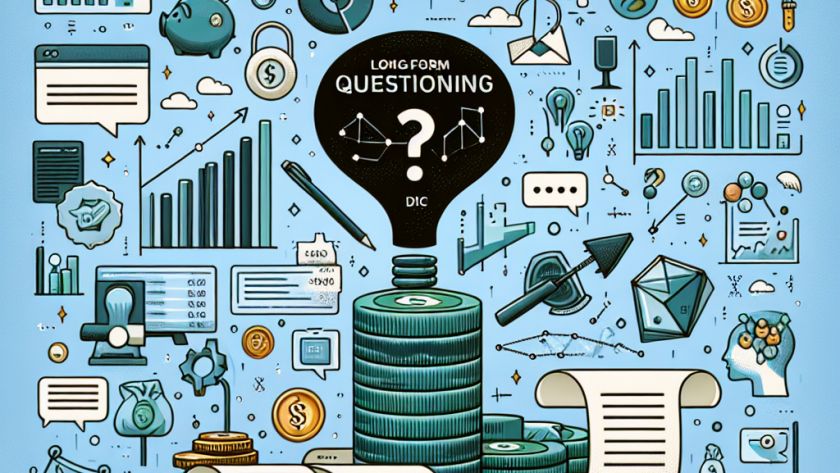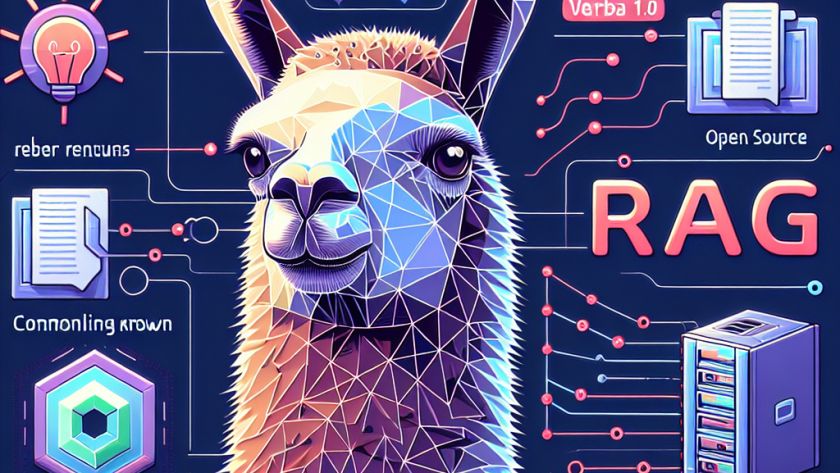Large Vision-Language Models (VLMs) have shown remarkable abilities to perform a wide range of tasks by utilizing language thinking. One way to improve these models' performance is by fine-tuning them with specified visual instruction data, enabling them to follow precise visual directions. However, this approach relies heavily on supervised learning from pre-collected data and isn't…












